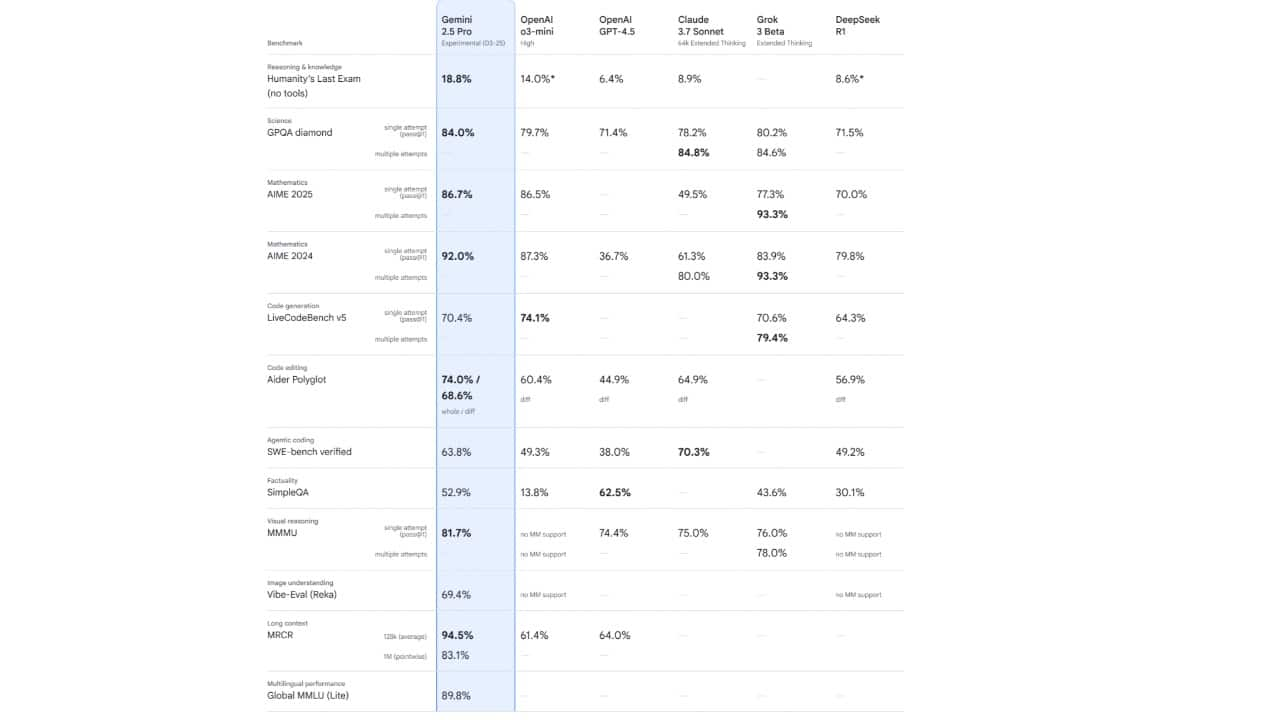



For a company that dominates the internet, Google sure has a problem with making waves. Despite its deep pockets, technical prowess, and AI research pedigree, it just can’t seem to spark the kind of viral buzz that OpenAI, DeepSeek AI, generate almost effortlessly.
Time and again, Google has unveiled AI tools that are technically superior —or at the very least, on par — with what OpenAI and even DeepSeek have introduced. Yet, they simply fail to capture the world’s attention in the same way. Why does this keep happening?
The OpenAI Effect: Sora, Ghibli, and getting people to like, share, and moreTake OpenAI’s recent rollouts. Their AI-powered video generation tool, Sora, was an instant talking point. The tool, which creates hyper-realistic video clips from simple text prompts, not only showcased impressive AI but also ignited a conversation about the future of filmmaking and content creation. Then came the recent viral sensation — Ghibli, OpenAI's latest image-generation tool, designed to produce visuals with a distinct comic strip-like effect. Its very name evokes nostalgia, reminiscent of the beloved Studio Ghibli, making it inherently intriguing.
These tools weren’t just powerful; they were packaged with an air of creativity and cultural relevance. OpenAI knows how to create buzz — a combination of strategic marketing, carefully crafted demos, and social media-friendly reveals that spark excitement and debate.
 OpenAI's Ghibli effect
OpenAI's Ghibli effectMeanwhile, Google, despite its vast AI advancements, has struggled to generate that same level of interest. Perception matters a lot these days and Google seems to be losing that particular battle.
Google’s AI: Strong but silent?Google’s AI achievements are nothing short of groundbreaking. Its DeepMind division has been responsible for some of the most significant advancements in AI, from AlphaFold, which cracked the code on protein folding, to Gemini, Google’s latest multimodal AI model. Yet, despite the technological edge, these developments often fail to ignite the same public enthusiasm.
Part of the problem lies in Google’s branding and messaging. OpenAI releases its AI products in a way that feels cutting-edge and conversational. Google, on the other hand, tends to present its AI as deeply technical, sometimes overly cautious, and primarily focused on enterprise applications rather than public spectacle. There’s a reason why DeepMind’s breakthroughs are more celebrated in scientific circles than in mainstream media.
That’s perhaps a fair and deliberate approach on Google’s part.
 Google's Gemini benchmark scores higher
Google's Gemini benchmark scores higherConsider Google’s Gemini 2.5, an AI model that, on paper, surpasses OpenAI’s GPT-4 in several ways, including memory capabilities and long-context understanding. But instead of capturing the collective imagination, it wasn't met with any sort of hype. Even DeepSeek, a Chinese AI company, has managed to create more viral traction with its open-source language model than Google has with its highly sophisticated offerings.
There are several questions that cross your mind when you start using Google Gemini AI. Why isn’t Gemini Advanced free for everyone instead of being locked behind a paywall? It’s And why does its personality feel so dry compared to other models? Google’s AI Studio and NotebookLM can do some really cool stuff yet they aren’t available to all by default.
What's the missing ingredient?AI breakthroughs alone don’t guarantee mainstream success. Or at least, they haven’t done so far. What OpenAI and DeepSeek understand—and what Google seems to overlook—is that people don’t just want powerful AI; they want AI that excites, inspires, and feels accessible.
Google’s AI announcements often feel restrained, almost academic. OpenAI, in contrast, leans into the wow factor. When OpenAI debuted GPT4-o's Ghibli style effect in images, it wasn’t just about image generation; it was about letting people create wild, dreamlike visuals instantly. When ChatGPT first launched, it wasn’t marketed as an enterprise tool but rather as a fascinating conversational AI that anyone could use.
Even when Google has a viral moment—such as its AI-generated music experiments or its Magic Eraser feature in Google Photos—these moments don’t sustain the same cultural momentum as OpenAI’s offerings. There’s an underlying perception that Google’s AI is a supplement to its core products, whereas OpenAI’s AI is the product.
Can Google turn it around?Google has the resources, the talent, and the technology to be a dominant force in AI virality, but it perhaps needs to rethink its approach.
For starters, it needs to inject personality into its AI rollouts. Tools like Gemini should be introduced with hands-on, interactive experiences that get people talking.
More importantly, Google has to be bolder in how it presents AI to the world. Right now, it often feels like Google is playing defense while OpenAI plays offense. And perhaps that has been the case, since ChatGPT arrived on the scene in November 2022.
The reality is, Google is sitting on a goldmine of AI capabilities. But until it learns how to package its technology in a way that resonates beyond enterprise circles, it will continue to lose the viral game—even if its AI is just as good, if not better, than the competition. Or maybe this is just the digital-age reboot of the classic tortoise and hare fable — where Google, slow but steady, is quietly plotting its AI dominance while the competition sprints ahead, basking in the viral spotlight.

Discover the latest Business News, Sensex, and Nifty updates. Obtain Personal Finance insights, tax queries, and expert opinions on Moneycontrol or download the Moneycontrol App to stay updated!
Find the best of Al News in one place, specially curated for you every weekend.
Stay on top of the latest tech trends and biggest startup news.